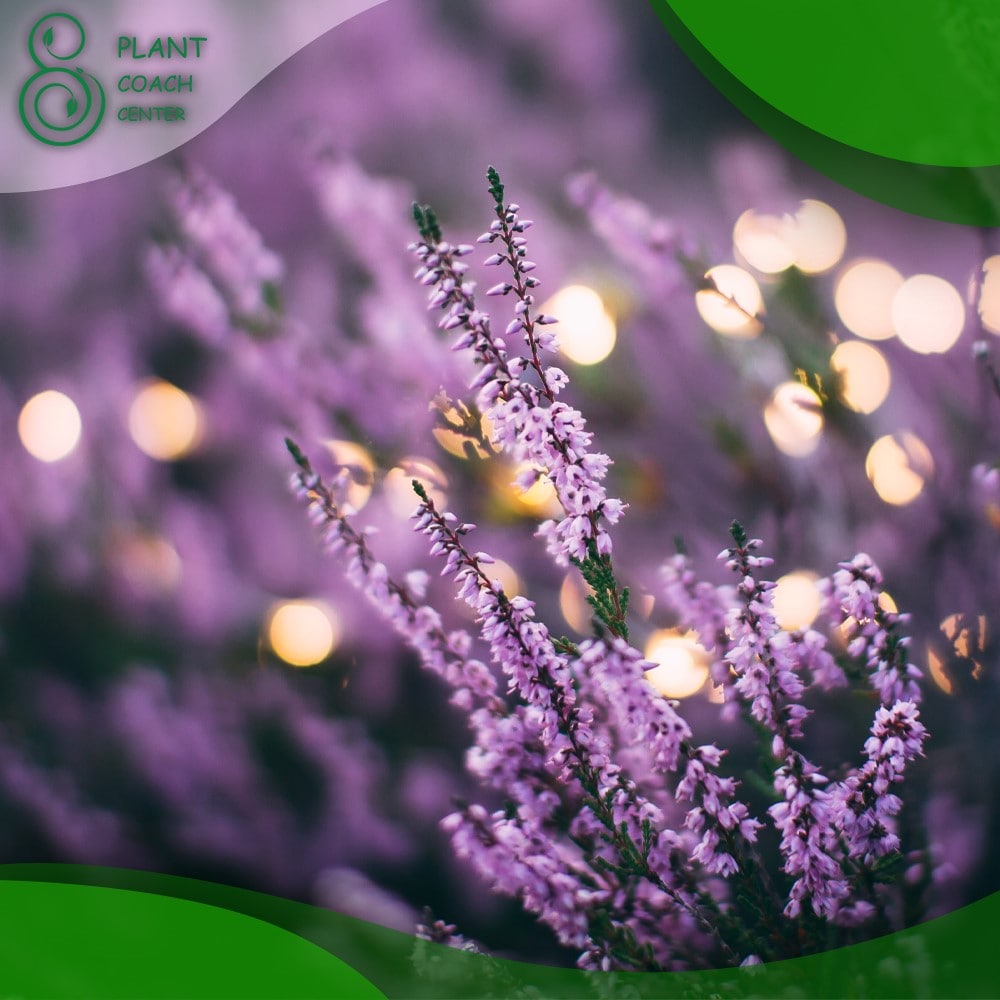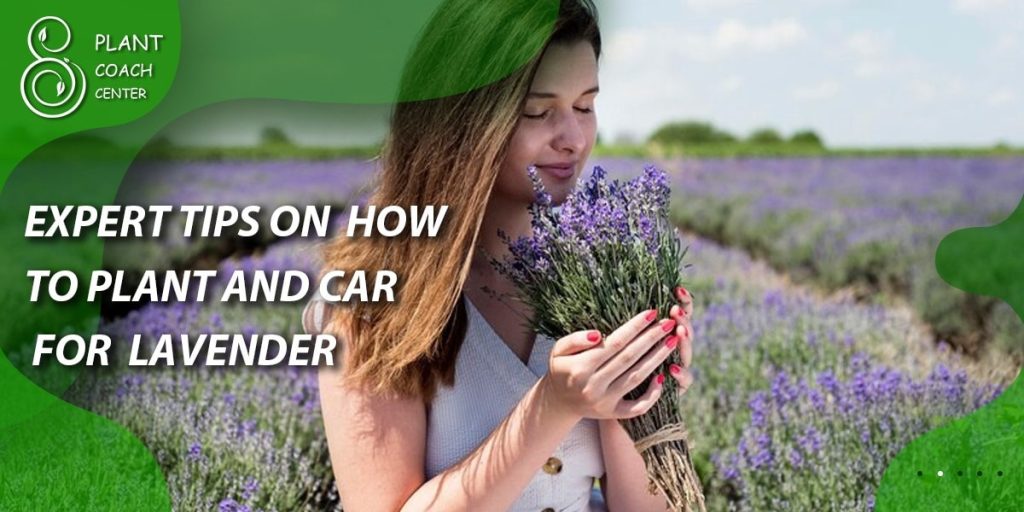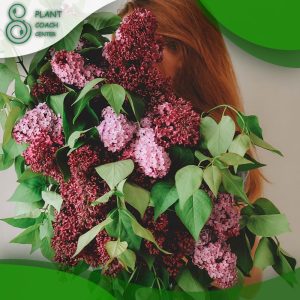When Can I Plant Lavender
Lavender is a beautiful and fragrant herb that is prized for its calming properties and many uses. Whether you want to plant lavender for its beauty, fragrance, or medicinal properties, it’s important to know when and how to plant it for optimal growth and yield.
In this comprehensive guide, we will cover everything you need to know about planting lavender, including the best time to plant, how to prepare your soil, how to care for your plants, and how to troubleshoot common problems.
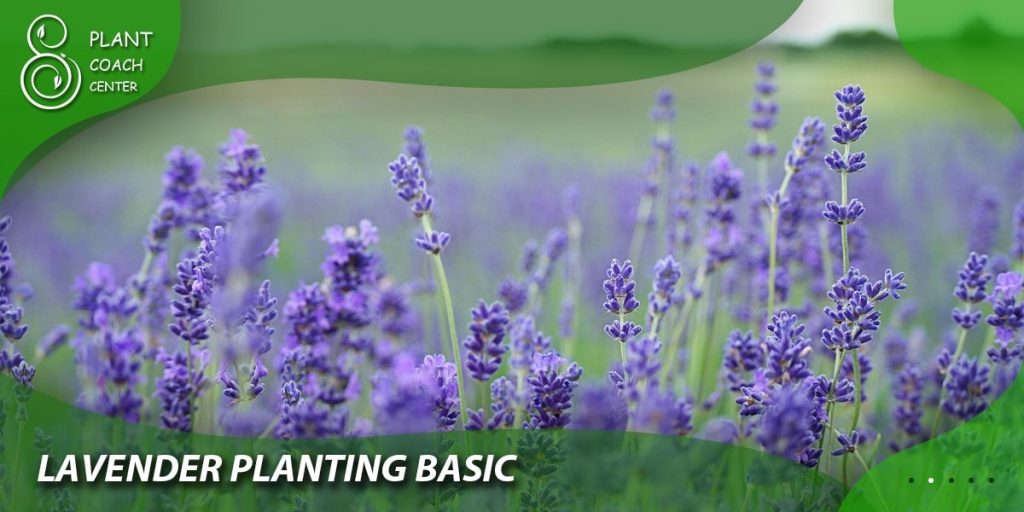
Lavender Planting Basics
Before you start planting lavender, it’s important to understand the basic needs of this plant. Here are some things to keep in mind:
Choosing the Right Location
Lavender needs plenty of sunlight and well-draining soil to thrive. Here are some tips for choosing the right location for your lavender plants:
– Find a spot that gets at least 6-8 hours of sunlight per day.
– Choose a spot with good air circulation to prevent fungal diseases.
– Make sure the soil is well-draining and not too heavy or compacted.
Soil Preparation
Preparing your soil is crucial for successful lavender growth. Here are some tips for preparing your soil:
– Test your soil pH and adjust it if necessary. Lavender prefers a pH between 6.0 and 8.0.
– Amend your soil with compost or well-rotted manure to improve soil structure and add nutrients.
– Dig your planting bed to a depth of 12-18 inches to loosen the soil and improve drainage.
Choosing the Right Lavender Variety
There are many different varieties of lavender, each with its own unique characteristics and growing requirements. Here are some popular varieties:
– English lavender: This is the most common variety of lavender and is known for its fragrant flowers and hardiness.
– French lavender: This variety has a more delicate appearance and is often grown for its ornamental value.
– Spanish lavender: This variety has unique, pineapple-shaped flowers and is often grown in warmer climates.
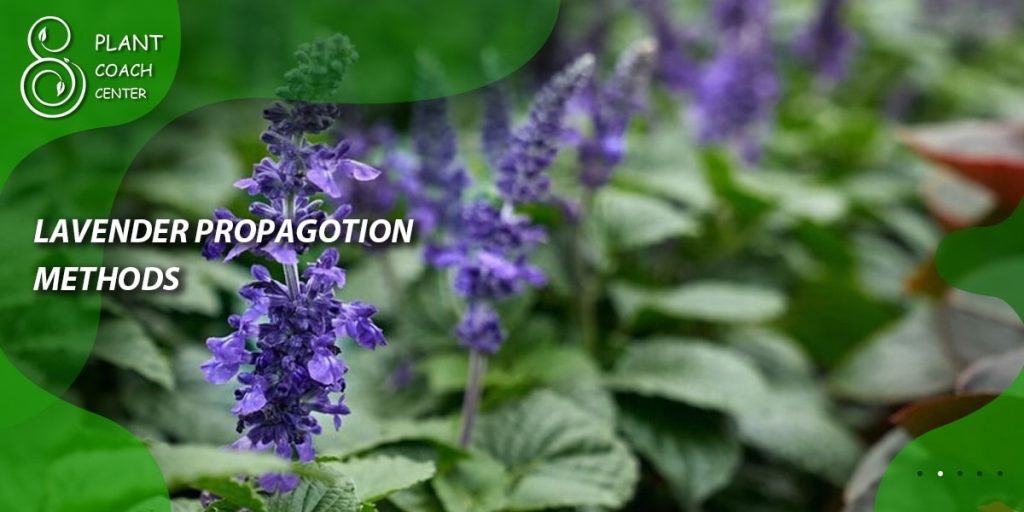
Lavender Propagation Methods
Lavender can be propagated from seeds, cuttings, or root division. Here are some tips for each method:
– Seeds: Lavender seeds can be sown indoors in the winter and transplanted outdoors in the spring.
– Cuttings: Lavender cuttings can be taken in the summer and rooted in potting soil or in water.
– Root division: Lavender can be divided in the spring or fall by carefully separating the root ball into smaller plants.
Best Time to Plant Lavender
Choosing the right time to plant lavender is crucial for its success. The optimal planting time for lavender varies depending on the variety, climate, and location. Here are some tips for determining the best time to plant lavender:
Optimal Planting Time for Different Lavender Varieties
Different lavender varieties have different optimal planting times. Here are some guidelines:
– English lavender: Plant in the spring or fall.
– French lavender: Plant in the spring or early summer.
– Spanish lavender: Plant in the spring or early fall.
Factors Affecting the Best Planting Time
Several factors can affect the best planting time for lavender. Here are some considerations:
– Climate: Lavender grows best in temperate climates with mild winters and warm summers.
– Soil temperature: Lavender prefers warm soil temperatures of at least 60°F.
– Day length: Lavender is a short-day plant, meaning it requires longer nights and shorter days to flower.
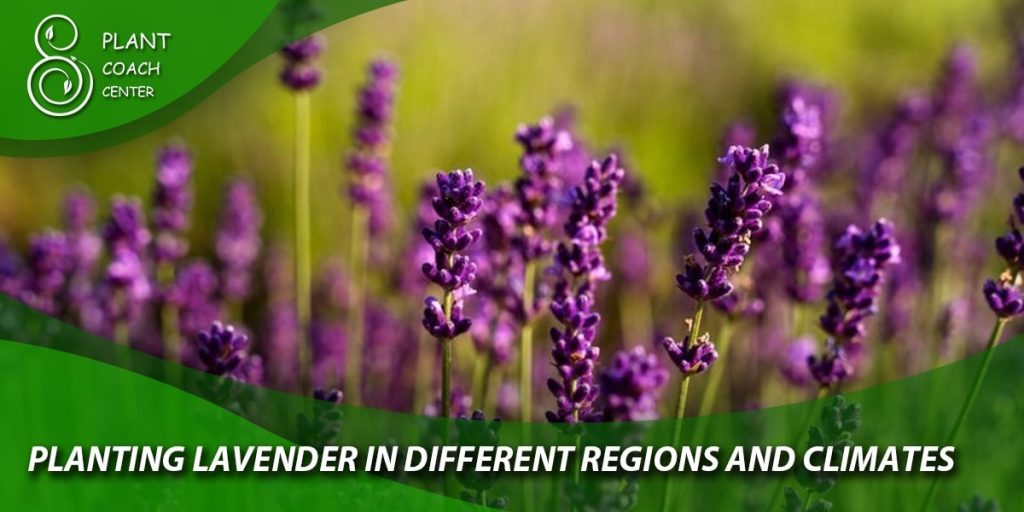
Planting Lavender in Different Regions and Climates
The best planting time for lavender can vary depending on the region and climate. Here are some tips for planting lavender in different regions:
– Northern regions: Plant lavender in the spring after the last frost or in the fall before the first frost.
– Southern regions: Plant lavender in the fall or winter, as summers can be too hot and humid for optimal growth.
– Coastal regions: Plant lavender in the fall or winter, as the coastal climate can be too damp for lavender in the summer.
Planting Lavender Outdoors
Lavender can be planted directly in the ground or in containers. Here are some tips for planting lavender outdoors:
Planting Lavender in Garden Beds
Here are some steps for planting lavender in garden beds:
- Prepare the soil: Follow the soil preparation tips outlined in the previous section.
- Dig planting holes: Dig holes that are twice as wide and deep as the lavender root ball.
- Space plants apart: Space lavender plants at least 12-18 inches apart to allow for air circulation and prevent fungal diseases.
- Plant the lavender: Place the lavender root ball in the hole and backfill with soil, gently firming the soil around the plant.
- Water the lavender: Water the lavender thoroughly after planting.
Planting Lavender in Containers
Lavender can also be planted in containers, which is a great option for those with limited garden space or poor soil. Here are some tips for planting lavender in containers:
- Choose the right container: Lavender needs a container that is at least 12 inches deep and wide, with good drainage holes.
- Use the right potting mix: Use a well-draining potting mix that is rich in organic matter.
- Plant the lavender: Place the lavender root ball in the container and backfill with potting mix, gently firming the mix around the plant.
- Water the lavender: Water the lavender thoroughly after planting, allowing excess water to drain from the container.
Lavender Care and Maintenance
Once you’ve planted your lavender, it’s important to care for it properly to ensure healthy growth and maximum yield. Here are some tips for lavender care and maintenance:
Watering Lavender Plants
Lavender requires moderate watering, as it can be susceptible to root rot if the soil is too wet. Here are some tips for watering lavender:
– Water deeply and infrequently, allowing the soil to dry out slightly between waterings.
– Water in the morning to allow the leaves to dry before nighttime, which can prevent fungal diseases.
– Use a drip irrigation system or soaker hose to water lavender, which can help prevent overwatering.
Fertilizing Lavender Plants
Lavender doesn’t require a lot of fertilizer, but it can benefit from a light feeding in the spring. Here are some tips for fertilizing lavender:
– Use a balanced fertilizer with a ratio of 10-10-10 or 5-10-5.
– Apply fertilizer in the spring, when new growth appears.
– Avoid over-fertilizing, which can lead to weak growth and decreased essential oil production.
Pruning Lavender Plants
Pruning is important for maintaining the shape and health of lavender plants. Here are some tips for pruning lavender:
– Prune lavender in the spring or early summer, before it begins to flower.
– Cut back about one-third of the plant’s growth, being careful not to cut into the woody stems.
– Remove any dead or diseased branches, and shape the plant as desired.
Pest and Disease Management for Lavender
Lavender is generally resistant to pests and diseases, but it can be susceptible to a few common problems. Here are some tips for pest and disease management:
– Watch for spider mites, aphids, and whiteflies, which can infest lavender plants. Use insecticidal soap or neem oil to control infestations.
– Watch for fungal diseases, such as root rot and powdery mildew. Improve air circulation around plants and avoid overwatering to prevent fungal growth.
Harvesting and Using Lavender
Harvesting lavender is a simple process, but it’s important to do it at the right time to ensure the best quality. Here are some tips for harvesting and using lavender:
When and How to Harvest Lavender
Harvest lavender when the flowers are in full bloom, but before they start to fade. Here are some steps for harvesting lavender:
- Cut the stems: Cut the lavender stems just above the leaves, leaving about 2-3 inches of stem.
- Bundle the stems: Tie the stems together in small bundles, about 10-15 stems per bundle.
- Hang the bundles: Hang the lavender bundles upside down in a cool, dry, well-ventilated area to dry.
Drying and Storing Lavender
Drying and storing lavender properly is key to preserving its fragrance and quality. Here are some tips for drying and storing lavender:
– Dry lavender in a cool, dry, well-ventilated area, away from direct sunlight.
– Store dried lavender in airtight containers, away from heat and moisture.
– Use dried lavender in recipes like teas, baked goods, and desserts, or in homemade candles, soaps, and bath products.
Troubleshooting Common Lavender Plant Problems
Even with proper care and maintenance, lavender plants can still encounter some problems. Here are some common problems and how to troubleshoot them:
Yellowing Leaves and Other Discoloration
Yellowing leaves and other discoloration can indicate several problems, including overwatering, nutrient deficiencies, or fungal diseases. Here are some tips for troubleshooting:
– Check the soil moisture: Make sure the soil is not too wet, as overwatering can cause root rot and other problems.
– Check the soil pH: Ensure that the soil pH is in the optimal range for lavender growth.
– Check for nutrient deficiencies: Lavender needs nitrogen, phosphorus, and potassium to thrive. Use a balanced fertilizer to provide these nutrients.
– Watch for fungal diseases: Improve air circulation around plants and avoid overhead watering to prevent fungal growth.
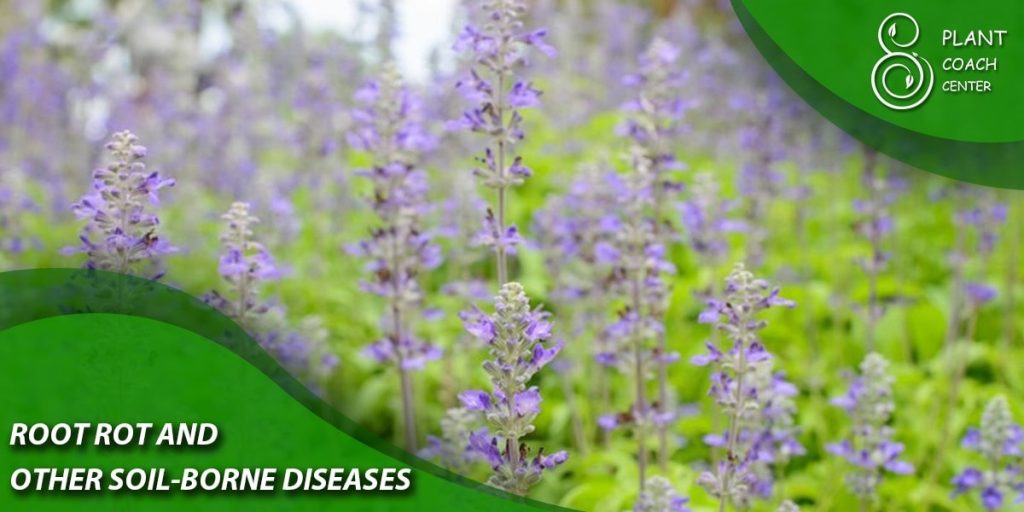
Root Rot and Other Soil-Borne Diseases
Root rot and other soil-borne diseases can be caused by overwatering or poorly draining soil. Here are some tips for troubleshooting:
– Check the soil moisture: Make sure the soil is not too wet, as overwatering can cause root rot and other problems.
– Improve soil drainage: Add organic matter to improve soil structure and drainage.
– Avoid overhead watering: Use a drip irrigation system or soaker hose to water lavender, which can help prevent overwatering.
Insect Pests, Including Aphids and Spider Mites . Insect pests can infest lavender plants, causing damage to the leaves and flowers. Here are some tips for troubleshooting:
– Watch for signs of infestation: Look for small insects or webbing on the leaves and stems.
– Use insecticidal soap or neem oil: These natural remedies can help control insect infestations.
– Improve air circulation: Prune lavender plants to improve air circulation and prevent insect infestations.
Environmental Stressors, Such as Frost and Drought. Lavender can be susceptible to environmental stress, such as frost and drought. Here are some tips for troubleshooting:
– Protect plants from frost: Cover lavender plants with blankets or other protective coverings during frosty nights.
– Water plants regularly: Provide enough water to prevent drought stress and keep the soil moist but not waterlogged.
– Use mulch: Apply a layer of mulch around plants to help retain moisture and regulate soil temperature.
Conclusion
Planting lavender can be a rewarding experience, but it’s important to understand the plant’s needs and how to care for it properly. By choosing the right location, preparing your soil, and providing adequate care and maintenance, you can enjoy beautiful and fragrant lavender plants for years to come.
What are the best companion plants for lavender?
Lavender pairs well with many plants, including rosemary, thyme, and sage. These plants have similar growing requirements and can help deter pests.
Can I grow lavender indoors?
Lavender can be grown indoors in a sunny window or under grow lights. Use a well-draining potting mix and provide plenty of sunlight and air circulation.
How do I propagate lavender from cuttings?
Take a 3-4 inch cutting from a healthy lavender plant and remove the lower leaves. Dip the cut end in rooting hormone and place in potting soil or water until roots form.
How do I prevent lavender from getting woody?
Prune lavender regularly to promote new growth and prevent the plant from getting too woody. Cut back about one-third of the plant's growth each year.


